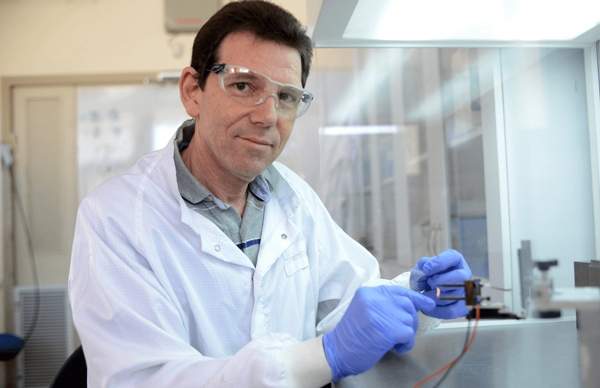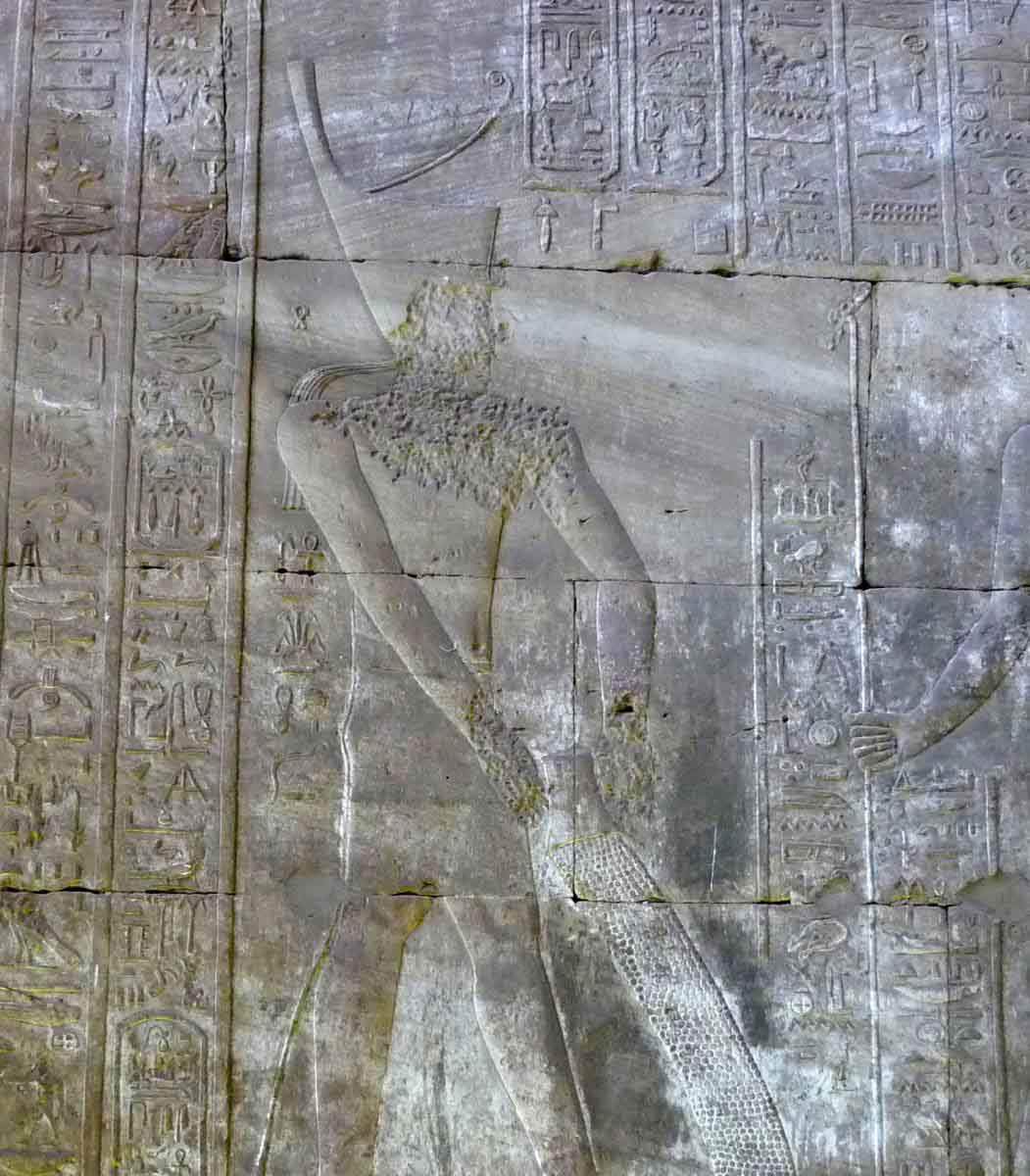Are you a journalist? Please sign up here for our press releases
Subscribe to our monthly newsletter:

On an ancient an Egyptian bas relief, slaves are seen pouring liquid onto the ground in front of large statue they carry. From the looks of it, that liquid is water – a fluid not generally thought to reduce friction. But research at the Weizmann Institute of Science suggests that those ancient slaves were on to something. A very thin water layer around molecules makes an excellent lubricant, very similar to ball bearings
Dr. Nir Kampf, a staff scientist in Prof. Jacob Klein’s group of the Institute’s Materials and Interfaces Department, says that this phenomenon is actually quite common in biology, for example in our joints, enabling the surfaces of cartilage in knees and hips slide past each other all day long over the course of a lifetime. According to the Weizmann Institute model, the lubricating layer is based on molecules that carry electric charges. In other words – hydrated ions.
In a series of studies that appeared in Nature Communications and other journals, Kampf and other members of Klein’s lab found that a fluid made of molecules coated in water can be 200 times more viscous than regular bulk water – about as viscous as motor oil or maple syrup. In their experiments, the scientists created a simple film of positive ions wrapped in water molecules. This film was then put to the test: Its viscosity was measured by placing the film between two surfaces and applying friction under pressure while sliding. The friction in these tests remained extremely low, even when the sliding pressure was high.
A fluid made of molecules coated in water can as viscous as motor oil or maple syrup
In nature, many complex molecules, for example surfactants and phospholipids, are hydrated. These molecules are amphiphilic – that is, bearing a “water-hating” tail and electrically charged “water-loving” head. Water molecules, themselves, explains Kampf, are polar – that is, the oxygen atom on one side has a negative charge and the two hydrogen atoms on the other are positive. As opposing charges attract, the result is a watery coating on the charged biological molecules. “These findings have helped us to understand how friction is reduced in such biological systems as joints,” he says. “In the future, they could aid in the design of long-lasting artificial joints for those who suffer from degenerative arthritis or other diseases that affect the cartilage.”
Did the ancient Egyptians have a similar system for reducing the friction under their statuary? Kampf: “People have suggested, intuitively, that the fluid in the bas relief is oil, but we know that oil was an expensive and precious commodity. We think that they used sea water – containing hydrated salt ions. We know that they used wet sand (charged silica particles coated in water) to slide heavy statues into place on the ground outside. Without knowing it, those ancient Egyptian slaves may have developed a very modern form of lubrication.”
